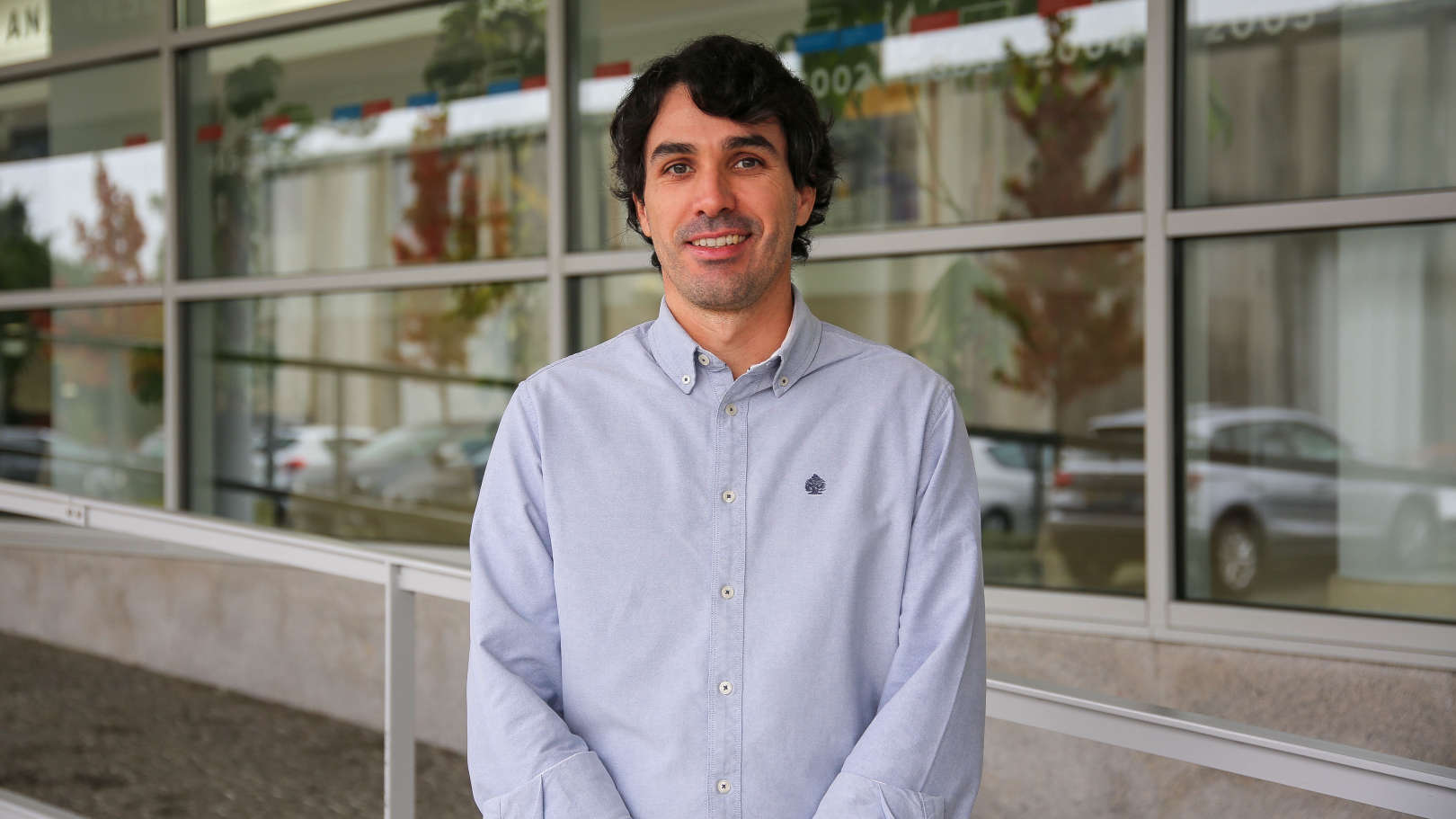About
Rui Campos has a PhD degree in Electrical and Computers Engineering in 2011, from University of Porto. Currently, he leads the “Wireless Networks” research area (http://win.inescporto.pt) of the Centre for Telecommunications and Multimedia consisting of 30 researchers, and he is an IEEE Senior Member. He has coordinated several research projects, including: SIMBED in Fed4FIRE+ Open Call 3, UGREEN, BLUECOM+, MareCom, MTGrid, the WiFIX action approved in CONFINE Open Call 1, Mare-Fi, Under-Fi, ReCoop, and HiperWireless. Rui Campos has participated in several research projects, including the following European projects: H2020 Fed4FIRE+, H2020 RAWFIE, FP7 SUNNY, FP7 CONFINE, FP6 Ambient Networks Phase 1, and FP6 Ambient Networks Phase 2. His research interests include medium access control, radio resource management, mobility management, and network auto-configuration in emerging wireless networks, with special focus on flying networks, maritime networks, and underwater networks.


